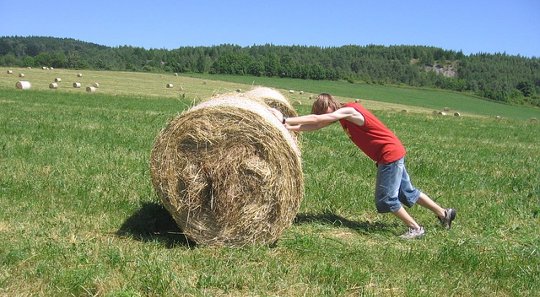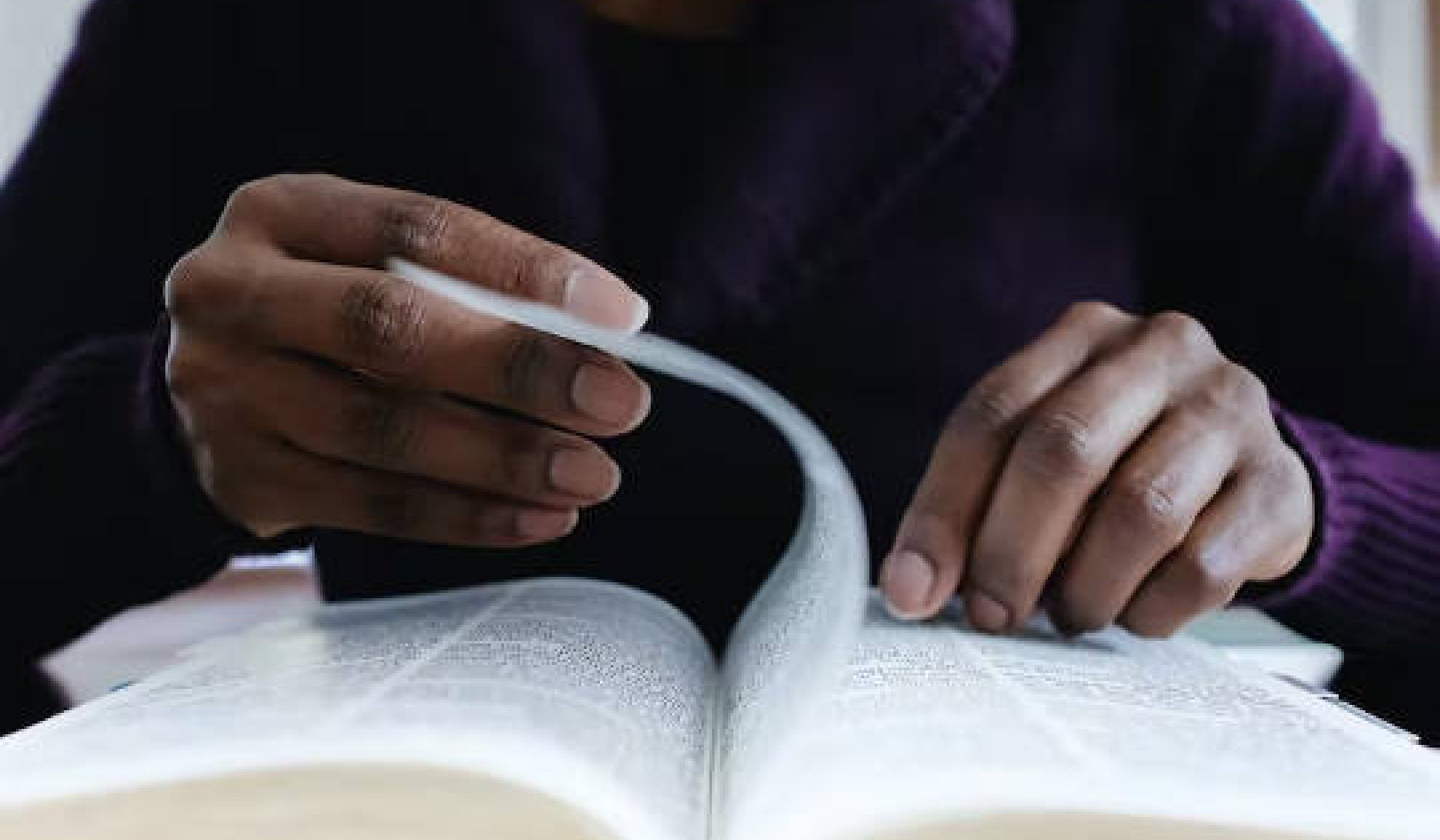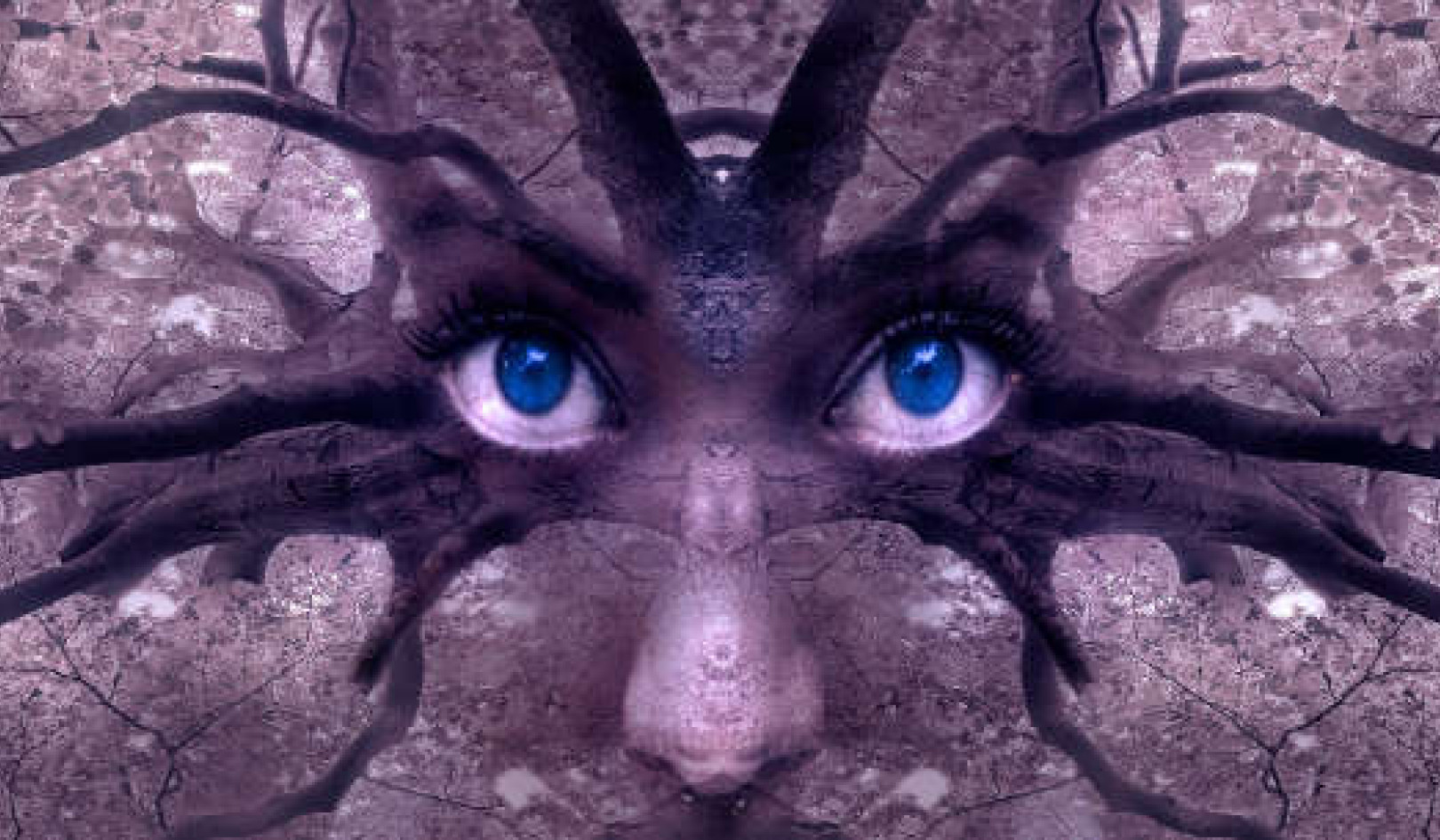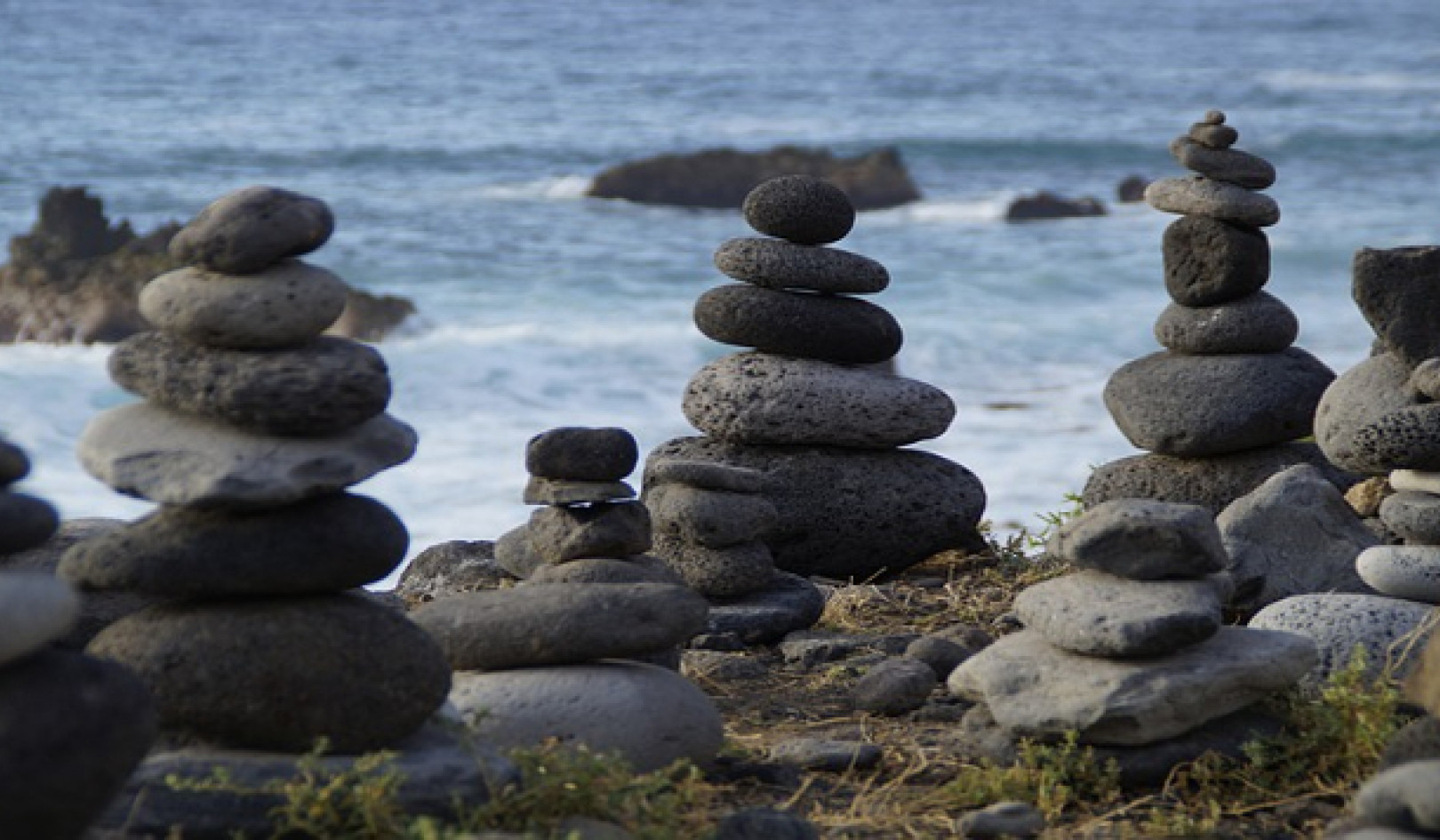
Once a farmer went to tell the Buddha about his problems. He described his difficulties farming -- how either droughts or monsoons complicated his work. He told the Buddha about his wife -- how even though he loved her, there were certain things about her he wanted to change. Likewise with his children -- yes, he loved them, but they weren't turning out quite the way he wanted. When he was finished, he asked how the Buddha could help him with his troubles.
The Buddha said, "I'm sorry, but I can't help you."
"What do you mean?" railed the farmer. "You're supposed to be a great teacher!"
The Buddha replied, "Sir, it's like this. All human beings have eighty-three problems. It's a fact of life. Sure, a few problems may go away now and then, but soon enough others will arise. So we'll always have eighty-three problems."
The farmer responded indignantly, "Then what's the good of all your teaching?"
The Buddha replied, "My teaching can't help with the eighty-three problems, but perhaps it can help with the eighty-fourth problem."
"What's that?" asked the farmer.
"The eighty-fourth problem is that we don't want to have any problems."
Although we may not realize it, we all have the deep-seated belief that if we practice long and hard enough, our problems will disappear. And beneath that hidden belief lies an even deeper one: that life should be free from pain. But as conditioned beings living in a messy world, we will always have difficulties. We will always have eighty-three problems.
Expecting our problems to go away is truly our fundamental problem. We resist facing our life as it is, because facing life as it is means abandoning how we think our life should be. We rarely take a breath without wanting life to be other than it is. This resistance is basic to human life. For the most part, we don't want to wake up. We want to hold on to our beliefs and even to our suffering! We don't want to give up our illusions, even when they make us miserable. So we resist. This, too, is a conditioned response; it's ego's effort to maintain control; it's fear of giving up the known (even if the known is making us unhappy).
Resistance In Any Other Form Is Still Resistance
Resistance comes in many forms: not wanting to sit in meditation, choosing to spin off into our mental world, suppressing or avoiding emotional pain, finding fault with ourselves and our lives. No matter what form it takes, resistance brings no peace. Whatever we resist we actually strengthen, because we solidify it, empowering it to stay in our life.
But the opposite is also true. When we begin to cultivate the willingness to be with life as it is, regardless of whether we like it, our relationship to what we've avoided begins to change. Up until now we have probably felt that we had no choice except to push these things away. But as we observe ourselves resisting them, we can see that this pattern simply perpetuates our pain. We begin to see the possibility of softening our hardened stance by bringing the light touch of awareness into those areas where we've never wanted to go. Just having the willingness to look, instead of pushing away, will soften our stance and perhaps even bring a sense of spaciousness within which to experience whatever it is we've resisted.
Face Your Monsters and They'll Go Away
This reminds me of a story Pema Chodron tells about a childhood friend who had recurring nightmares in which ferocious monsters would chase her through a house. Whenever she would close a door behind her, the monsters would open it and frighten her. Pema asked her what the monsters looked like, but she realized that she never really looked at them. However, the next time she had the nightmare, just as she was about to open a door to avoid being caught by the monsters, she was somehow able to stop running, turn around, and look at them. Although they were huge, with horrible features, they didn't attack; they just jumped up and down. As she looked even closer, these three-dimensional colored monsters began to shrink into two-dimensional black-and-white shapes. Then she awoke, never to have that nightmare again.
It is the pushing away of our "monsters" that makes them so solid. As we begin to see through the solidity of this resistance, our life becomes more workable. Although we may not like our life as it is, we still don't have to wage war against it. We can start by noticing all the ways that we avoid this moment, all the ways we avoid practice, all the ways we resist. We can see it in virtually everything we do. We can see it in how we don't want to sit, how we don't want to stay with our physical experience for more than a few seconds, how we choose to relentlessly spin off into thinking about the past or the future. We can see it in our commitment to believing thoughts such as "This is too hard," "I can't do it," "I'll never measure up." We see how we're just a well-oiled resistance machine!
Judgmental thoughts like these might need to be seen clearly and labeled many times before we can unburden ourselves of them. However, when we see these thoughts clearly, we can stop judging what we resist as bad. As well, we can stop judging our resisting selves as bad. Instead, we can develop the curiosity that will allow us to turn and face what we've been avoiding. Perhaps we can even welcome each instance of resistance as an opportunity to learn.
What Is This?
When I was finally ready to stop running away from my fears, Joko Beck gave me a practice tool that's proved invaluable in working with unwanted experiences. The practice is to ask the question "What is this?" This question is really a Zen koan, because there is no way the answer can come from thinking about your experience. It can only come from actually experiencing it. In fact, the answer is the experience of the present moment itself. In Pema's story, for example, when the friend turns around to look at the monsters, she is essentially asking, "What is this?"
Whether resistance manifests as seeking distractions, spacing out, fantasizing, planning, or sleeping -- what is it? What is it that blocks awareness in the present moment? Take a minute right now to simply be here. Feel any resistance to residing in the moment. Ask, "What is this?" How does the resistance feel in your body? What is its essence? Where is it located? What is its texture? Does it have a voice?
Again ask the question "What is this?" Try to stay with the experience of it. If you drift away, come back and ask the question again. Stay with the resistance. Go deeper. Is it physical discomfort you're resisting? Is it emotional discomfort? Can you bring to it the light touch of awareness? Can you stay with it for just one more breath? Can you enter into the willingness to experience the "whatness" of this resistance?
Our Bridge to Living a Genuine Life
When we finally begin to reside in our resistance, when we finally start to experience how our protective and comfort-seeking strategies hold us back and close us down, when we begin to face those things we never wanted to face -- that's our bridge to living a genuine life. That's when the fruits of practice -- a certain sense of freedom, of openness, of gratitude -- begin to manifest in our daily lives.
To willingly include whatever we encounter, not to push the unwanted away, is what it means to say "yes" to our lives. But we can't force ourselves to say "yes" any more than we can meaningfully say the popular phrase "No problem!"
"No problem!" does have, on a profound level, a real meaning; but it falls far short as long as we hold on to our deep-seated desire not to have any problems. That we'll try to hold on to this desire is a given: it's what humans do. Nevertheless, in living the practice life, our only real option is to persevere in including all of our experience, because our only other option is to keep pushing life away, with all the suffering that that entails.
Article Source:
 Being Zen: Bringing Meditation to Life
Being Zen: Bringing Meditation to Life
by Ezra Bayda.
©2002. Reprinted with permission of the publisher, Shambhala Publications. http://www.shambhala.com
Click here for more info and/or to order this book..
About the Author
EZRA BAYDA is a Zen teacher affiliated with the Ordinary Mind Zen School, having received formal dharma transmission in 1998 from the school's founding teacher, Charlotte Joko Beck. A student of meditation for more than thirty years, he lives, writes, and teaches at the San Diego Zen Center in San Diego, California. He is the author of the book: Being Zen.
























